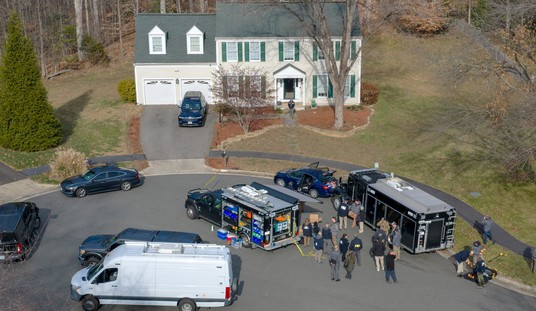Once upon a time a long time ago (2 months), state governors were weeping about the piles of dead bodies they were going to have on their hands because there was a severe shortage of ventilators.
New York Governor Andrew Cuomo stood in front of cameras in March and solemnly told the media that his state would need 30,000, maybe 40,000 ventilators to avoid a catastrophic loss of life. When the president pointed out that New York had thousands of ventilators it hadn’t even placed yet, Cuomo agreed that Trump was right but said he still needed them.
How’d that work out?
Officials realized, as one White House adviser puts it, that there was “too much guesstimating” going on. New York, for instance, said it needed 40,000 ventilators. Then, the administration interrogated the request. What was that based on? It’s coming from public-health officials. Okay, how are they getting that number? Models. Plus, we don’t want to be short.
It became clear that many governors didn’t know how many ventilators their states had, and they were driven by early models that were “doomsday scenarios,” as one senior administration official puts it. Governors were also acting on the normal impulse to want to be safe, and have more than enough ventilators on hand, just in case. “If you are a governor, which is natural, you are going to over-ask because you want to be over-prepared,” the official explains.
That didn’t stop the tsunami of vitriol flung at the president by Cuomo and other governors whose “overasking” for supplies was portrayed in the press as Trump’s failure.
So what did the administration do? While the governors got hysterical, the White House approached the problem rationally.
A data team drawn from various government agencies and at the White House was created to get to the truth on the ground. It used hospital billings at the Centers for Medicare & Medicaid Services to estimate how many ventilators were in each state and how many were being utilized on any day, giving administration officials a more granular picture of what was happening in states than many governors had themselves.
Another important realization was that FEMA could do just-in-time delivery. It could get states and hospitals ventilators within 24 or 48 hours. This created a lot of flexibility. The administration could wait to see how things really played out rather than making decisions based on models that forecast what the demand might be two weeks in the future. “When you started looking at it like that,” the official says, “the numbers went down dramatically.”
A creative solution was found; instead of giving states everything they ask for — which FEMA usually does in a natural disaster — states were sent what they needed at the moment.
Of course, the “optics” of that strategy were horrible politically. And Democrats took full advantage.
This also meant that much of the press coverage get it exactly backward. The media portrayed as an inherent failure the fact that the administration gave states a portion of their requests. (“Trump sent Arizona a fraction of the ventilators it sought,” a Vox headline said. “Republicans still framed it as a big win.”) In reality, not giving governors what they wanted was integral to the success of the overall operation.
Eventually, New York and New Jersey together got 8,000 ventilators from the government. Now, Cuomo has pledged to send Massachusetts 400 ventilators from the state’s unused stockpile. Thanks, Andy. No apology is necessary.
Were Cuomo and other Democratic governors who skewered Donald Trump for “denying” them critical supplies acting with one eye on the health crisis and another on the November election? It was certainly easy to add to the media narrative that Trump’s failure to respond was costing lives. And the uncritical way that reporting on various governor’s requests was done leads to the conclusion that the criticism was more political than anything else.
In the end, the public will make their choice for president based on the reality of what happened during the crisis, and not the media spin.
Editor’s Note: Want to support PJ Media so we can keep telling the truth about China and the virus they unleashed on the world? Join PJ Media VIP and use the promo code WUHAN to get 25% off your VIP membership.










Join the conversation as a VIP Member